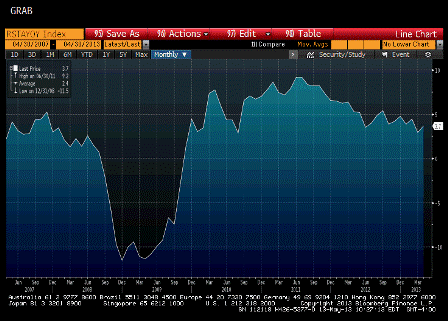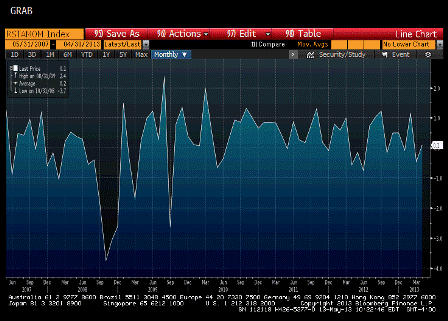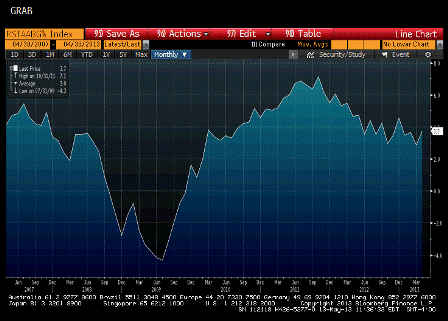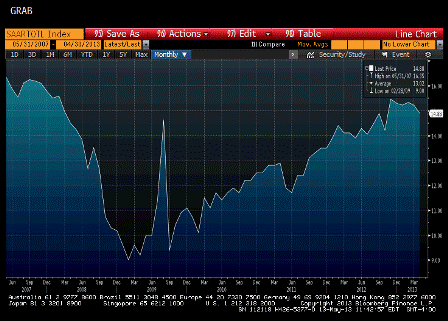Updated Budget Projections: Fiscal Years 2013 to 2023
Karim writes:
Deficit projected 200bn less than 3mths ago for current fiscal year. Projected at 2.1% of GDP for 2014-15, or 600bn less than 3mtgs ago.
No more grand bargain talk?
Maybe, but this is still being said:
For the 20142023 period, deficits in CBOs baseline projections total $6.3 trillion. With such deficits, federal debt held by the public is projected to remain above 70 percent of GDPfar higher than the 39 percent average seen over the past four decades. (As recently as the end of 2007, federal debt equaled 36 percent of GDP.) Under current law, the debt is projected to decline from about 76 percent of GDP in 2014 to slightly below 71 percent in 2018 but then to start rising again; by 2023, if current laws remain in place, debt will equal 74 percent of GDP and continue to be on an upward path (see figure below).
And it all begs the question of whether the proactive tax hikes and spending cuts will through the credit accelerators into reverse, as nominal GDP growth continues to decelerate.
I sat next to Al Gore at dinner at Monty Friedkin’s house in Boca for 45 minutes in front of that election. Cliff was there as well. Al asked me how we should spend the $5.6 trillion surplus projected for the next 10 years. I told him there wasn’t going to be a $5.6 trillion surplus as that implied a reduction of that much of net global $US financial assets, to the penny. Instead, a $5.6 trillion deficit was more likely to bring deficit spending back in line with ‘savings desires’ which I also described. He’s a pretty good student, went through the numbers, and agreed with the logic. He then said something like ‘You know I can’t get up and say any of this’ as he got up and explained how he was going to spend the $5.6 trillion surplus.
Point is, the CBO makes assumptions about growth that don’t recognize that growth can be a function of fiscal balance.
In other words the tax hikes and spending cuts (aka ‘austerity’) initially cause the deficit to fall, but if the deficit is proactively brought down too much then undermines private sector credit expansion/spending causing sales/output/employment to slow sufficiently for the deficit to rise to where it ‘needs to be’ from suddenly falling revenues and rising transfer payments. As demonstrated by proactive fiscal tightening in the UK, Europe, and Japan, for example.
This is not to say the tax hikes and spending cuts in the US have crossed that line.
Nor is it to say they haven’t.
For me the jury is still out.
Today’s Tepper rally apparently was based on the idea that the ‘QE money has to be invested somewhere’ which is of course total nonsense.
(See if you can spot any sign of QE in the attached nominal GDP chart)
But it moved the market nonetheless.




